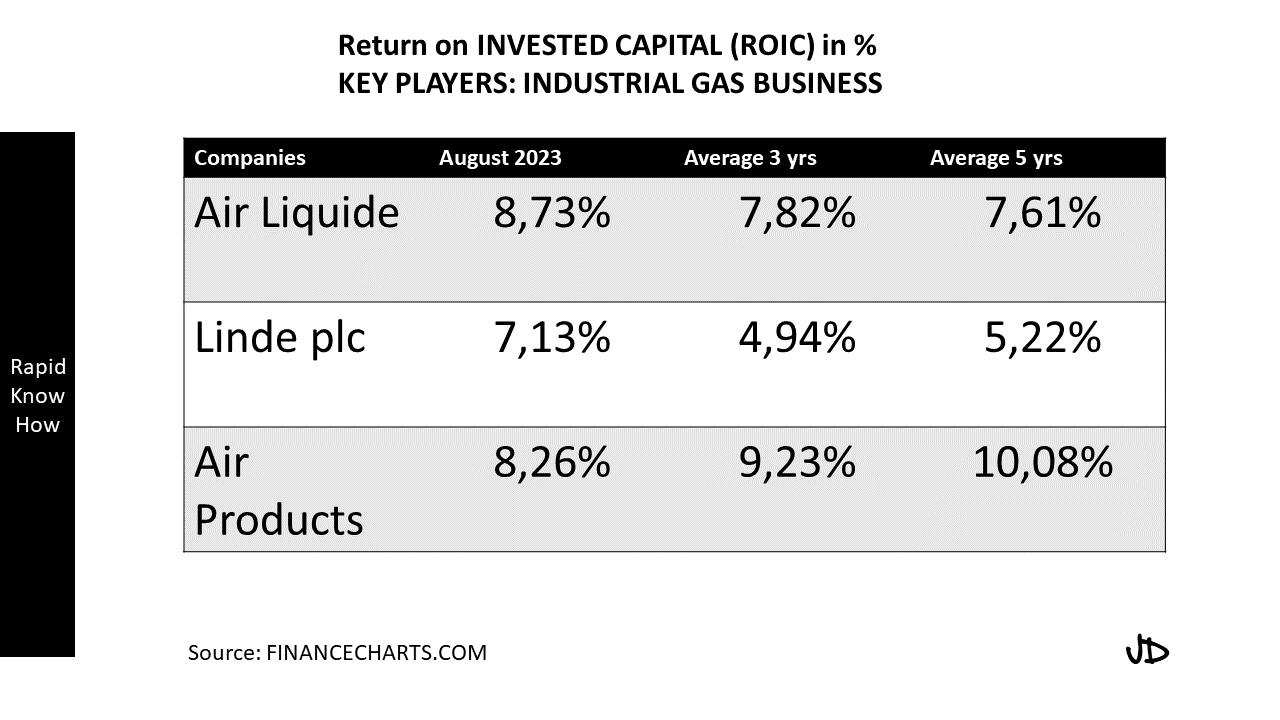The RapidKnowHow Process: Assessing Sales
Sales are declining > What is the root cause > What are the Main Categories > What are the main subcategories > What are Options for Solutions > What is the feasibility of the solution > Time constraint > Resources required > Expected Effectiveness > Outcome : Ranking of Options from Best to Worst > Conclusion > Get started
Below is a structured approach to analyzing declining sales, identifying root causes, and developing actionable solutions.
Sales are Declining
1. What is the Root Cause?
To determine the root cause of declining sales, we must break down the factors contributing to the problem through a systematic analysis.
2. Main Categories
- Market Factors
- Product-Related Issues
- Sales Process
- Distribution Channels
3. Main Subcategories
Market Factors
- Economic Environment: Reductions in customer / consumer spending due to economic downturns.
- Competition: New entrants or current competitors increasing pricing or improving offerings.
- Consumer Trends: Shifts in consumer preferences or lifestyles.
- Market Saturation: Reduced growth potential in a mature market.
Product-Related Issues
- Quality Concerns: Negative reviews or product recalls affecting consumer trust.
- Outdated Offerings: Failure to innovate or update product lines.
- Marketing Effectiveness: Misalignment between advertising and consumer preferences.
- Customer Feedback: Unaddressed complaints leading to poor customer satisfaction.
Sales Process
- Sales Team Performance: Low conversion rates, poor follow-up, or lack of motivation.
- Training Gaps: Insufficient training leading to ineffective sales tactics.
- Lead Generation: Inadequate marketing resulting in fewer leads.
- Sales Tools: Lack of updated software or technology to facilitate sales.
Distribution Channels
- Retail Partnerships: Issues with distribution agreements or retailer availability.
- Logistics: Problems with shipping leading to late deliveries.
- Geographic Limitations: Inability to serve vital markets.
4. Options for Solutions
Market Factors Solutions:
- Conduct market analysis and consumer research.
- Adjust pricing strategies or promotional activities.
- Innovate product offerings based on consumer feedback or trends.
Product-Related Solutions:
- Invest in R&D for product improvement and innovation.
- Address quality control issues thoroughly.
- Enhance customer service to improve satisfaction.
Sales Process Solutions:
- Implement a comprehensive training program for sales staff.
- Introduce performance incentives to motivate the sales team.
- Utilize CRM tools for effective lead management and follow-up.
Distribution Channels Solutions:
- Strengthen relationships with existing distributors and explore new partnerships.
- Optimize logistics and supply chain management.
- Expand online sales channels to reach a wider audience.
5. Feasibility of Solutions
Evaluate each proposed solution based on feasibility:
- Market Analysis and Consumer Research: High feasibility; relatively low cost.
- R&D Investment: Moderate feasibility; requires budget allocation.
- Sales Training Programs: High feasibility; can be done internally.
- Optimizing Logistics: Moderate to high feasibility; may require external partners.
6. Time Constraint
- Short-term (0-3 months): Market analysis, sales training.
- Medium-term (3-6 months): R&D for product improvement, expanding distribution channels.
- Long-term (6-12 months): Significant product innovation, structural changes in sales organization.
7. Resources Required
- Financial Resources: Budget for training programs, R&D, and marketing campaigns.
- Human Resources: Sales and marketing teams, external consultants (if required).
- Technological Resources: CRM systems, analytics tools, and marketing automation software.
8. Expected Effectiveness
- Market Analysis: High effectiveness if insights are implemented.
- Sales Training: High effectiveness in improving sales team performance.
- R&D for Product Innovation: High potential effectiveness but time-consuming.
- Logistics Optimization: Medium effectiveness based on execution.
9. Outcome: Ranking of Options from Best to Worst
- Conduct Market Analysis and Consumer Research – Immediate feedback and insights for strategy adjustment.
- Implement Sales Training Programs – Enhances sales team skills and motivation quickly.
- Strengthen Distribution Channels – Quick improvement in availability and logistics.
- Invest in R&D for Product Improvement – Promising long-term solution, but requires time.
- Optimize Logistics – Provides medium-term gains but may need external management.
10. Conclusion
Addressing declining sales requires a systematic approach, analyzing root causes, and implementing targeted solutions.
Immediate actions such as market analysis and sales training can yield quick wins, while longer-term investments like R&D are crucial for sustainable growth.
11. Get Started
- Step 1: Assemble a cross-functional team to conduct the market analysis.
- Step2: Identify training needs for the sales team and schedule training sessions.
- Step 3: Review and optimize the current sales and distribution processes.
- Step 4: Communicate with stakeholders about the plan and necessary support.
By following these steps, your organization can take actionable measures to reverse the trend of declining sales and set itself on a path to recovery and growth.





